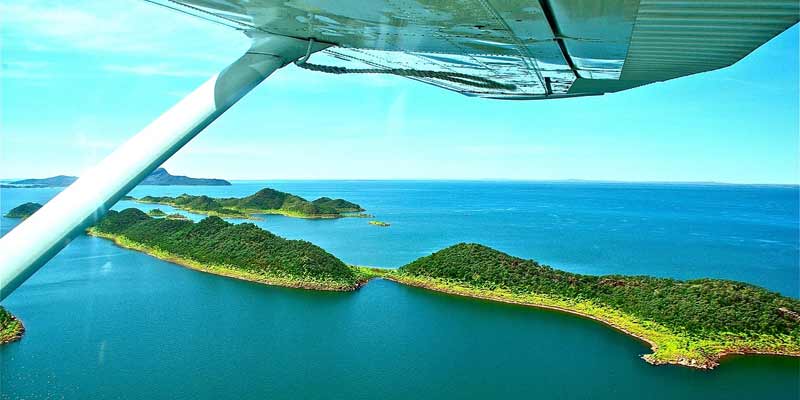Indonesia’s enchanting island paradise, Bali, has lured travelers with its exotic landscapes, vibrant culture, and serene beaches for a considerable time. The undeniable allure of Bali often incites prospective visitors to dream about this tropical haven; however, it leaves many wondering why flights there can carry notably high price tags.
We shall now delve into the factors that contribute to these seemingly elevated costs:
Geographical Location
The significant role of Bali’s geographical location in flight costs cannot be overlooked: nestled within the Indonesian archipelago, it enjoys relative isolation from major air travel hubs.
Consequently – due to its longer distance and limited direct flight options – higher airfares are a common occurrence when compared with destinations that lie more centrally.
Seasonal Demand
Particularly during Bali’s dry months from April to September, peak tourist seasons occur. The heightened demand for flights in these periods frequently drives up ticket prices.
Travelers who plan visits over Christmas, New Year, and other major holidays might face even more elevated fares because of increased demand.
Limited Competition
Several airlines do operate flights to Bali; however, the intensity of competition falls short in comparison with some other popular destinations. The limited number of airlines servicing this island may result in higher prices: diminished competition reduces carriers’ incentive to offer more competitive rates, a paradoxical effect.
Airport Infrastructure
In recent years, significant expansion and improvement have transformed Ngurah Rai International Airport; Bali’s primary international airport.
Despite these advancements – infrastructure limitations and capacity constraints continue to affect flight availability. Thus, potentially leading to elevated prices—particularly during periods of peak travel.
Fuel Prices and Operational Costs
Fluctuations in fuel prices significantly affect the aviation industry’s sensitivity, particularly for airlines operating long-haul flights to Bali.
Higher fuel costs often pass onto these passengers; moreover, operational expenses such as airport fees and taxes can further escalate the overall expense of such journeys.
Tourist Taxes and Fees
International travelers in Indonesia bear the brunt of several taxes and fees, such as departure taxes and visa fees; these additional costs augment overall expenses for a trip to Bali, a fact that is evident in airline ticket prices.
Currency Exchange Rates
The cost of international flights can be impacted by currency exchange rate fluctuations: particularly, as the Indonesian Rupiah varies against major currencies – travelers paying in foreign currencies may experience price changes for their flights to Bali.
Conclusion
The allure of Bali exerts a strong pull, yet geographical factors, seasonal demand fluctuations, limited competition, and operational expenses significantly influence flight costs to this tropical paradise.
A comprehensive understanding of these variables can empower travelers to plan their trips effectively: booking in advance during off-peak seasons; exploring alternative routes—or taking advantage of promotional deals.
Despite the potential relative expense for flights bound for Bali – its unparalleled beauty and cultural richness persist as magnetic draws that continue attracting adventurers and holidaymakers alike – consequently positioning it not just as any destination but one truly worth journeying towards.





